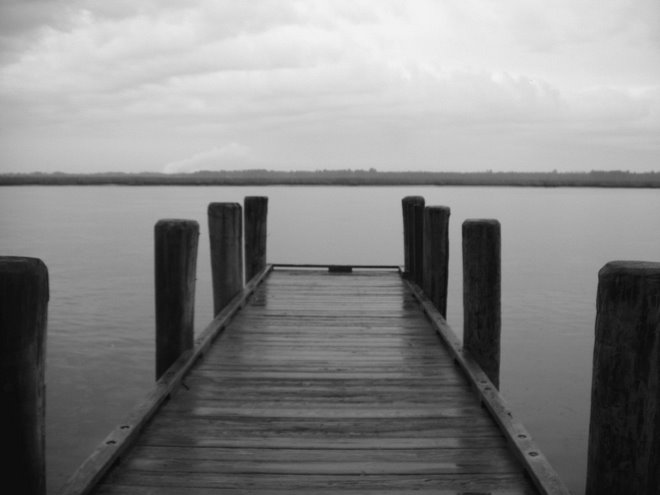Once Was is a series of environmental interventions consisting of installations in repeating forms, objects - mid-century working class white cotton dresses - left at borders and cultural crossroads spanning North America. The series continues to grow and at each site the locale informs the context, the diversity of the history and people are congruous with the placement of the pieces. Each site was once a space where cultures came together, to collaborate, to integrate, and at times to conflict with one another.
Cape Breton - the northeastern island-point of Nova Scotia, Canada - is a locale that is packed with cultural diversity and history and is unique in that much of the cultural ritual and rites are practiced today - passed down through the last 2 and a half centuries. The local residents are mainly Acadian consisting of ancestors of the French pioneers from the mid 18th century - the ones left that were not forced out during England's rule and some that returned after that rule ended; and the Scottish, who came in the later part of the 18th century and make up the largest percentage of Nova Scotia peoples. All along the coasts of this island (Cape Breton) you will see Acadian flags and Gaelic flags. Sons and daughters stay and work in the area - close to home, and there are no road-side billboards, and I didn't see a single McDonald's the whole time there, though the name MacDonald was so popular I found it many times among the grave stones (even Ronald!).
It was at Sight Point, just south along the MacKinnon's Brook trail from Inverness that this segment of the environmental art series was installed. After hiking up and down along the ridge that overlooked the Gulf of Saint Lawrence the trail slowly morphed to nothing as the heavy flowers and underbrush took over. Just at this point, adjacent the trail, was a flat area with a tall, old stand of fir trees and in this mini-forest was an old stone fence, a relic of Scottish pioneers. The sun spotted into and through the tall trees and reflected off the stones and off the dry gray and brittle branches and trunks of the old trees creating a good place for the installation - a nice, large, and peaceful grotto.

The Gulf of Saint Lawrence from Finley Point, just north of Inverness, Cape Breton Nova Scotia.

Acadian flag on Chéticamp Island - Across the Bay from the town of Chéticamp - the center of Francophone Acadia in Nova Scotia.
Mabou Pioneer Cemetery, South of Inverness - "Erected by Ronald MacDonald In Memory of Mary Beaton His Wife & Native of Mabou Who Departed This Life Sept 20th 1841 Aged 19 years"
MacKinnon's Brook Trail South of Inverness, Cape Breton - Flowers and undergrowth siege the trail.
Sight Point from the MacKinnon's Brook trail - The stand of tall fir, looking southeast.


Sight Point Installation - At the edge of the pioneer ruins.
Sight Point Installation - Light coming through the firs creates a coolish aura on a hot, sunny day.

The dress began to replicate the forest.
Lines and forms in nature are also in cotton, and mid-century embroidery.
The artwork begins to replicate formal elements.
By living within the locale, even for a week, you begin to learn about their history, their past and their presence. You become inquisitive in a friendly way, knowing that you are just passing through but sincere about your inquiries you touch on what they feel and felt - the art-making process continues ...













1 comment:
Hello, enjoyed this presentation.
Spent a couple of summers of my youth at Sight Point with others at Jean Rosner's Sight Point Camp. Any signs of that now? There was a main farmhouse, a number of out-buildings and something we used to call "The Hotel" - further north about a quarter mile. Have a couple of old photos of the place but that's about it. Jean died in 2002 and I believe she had closed the camp before that.
Post a Comment